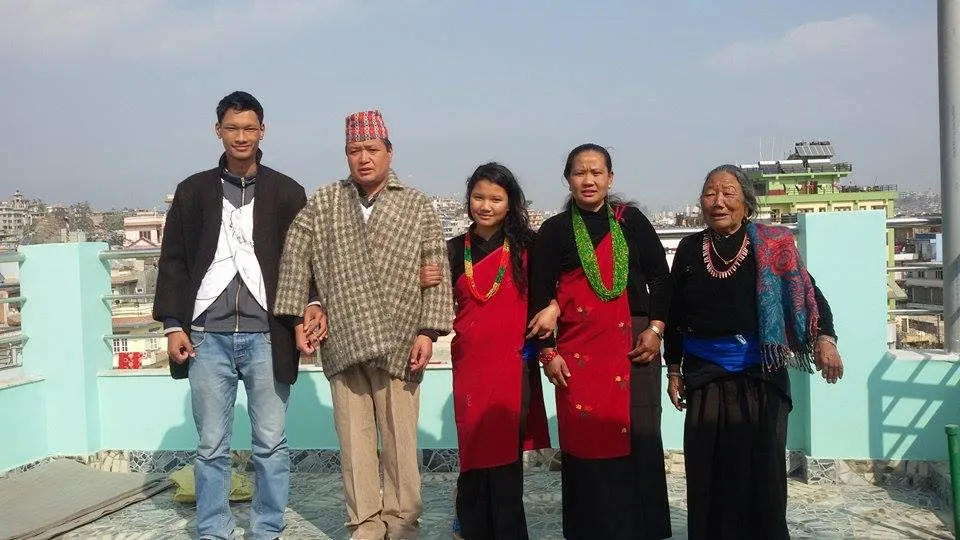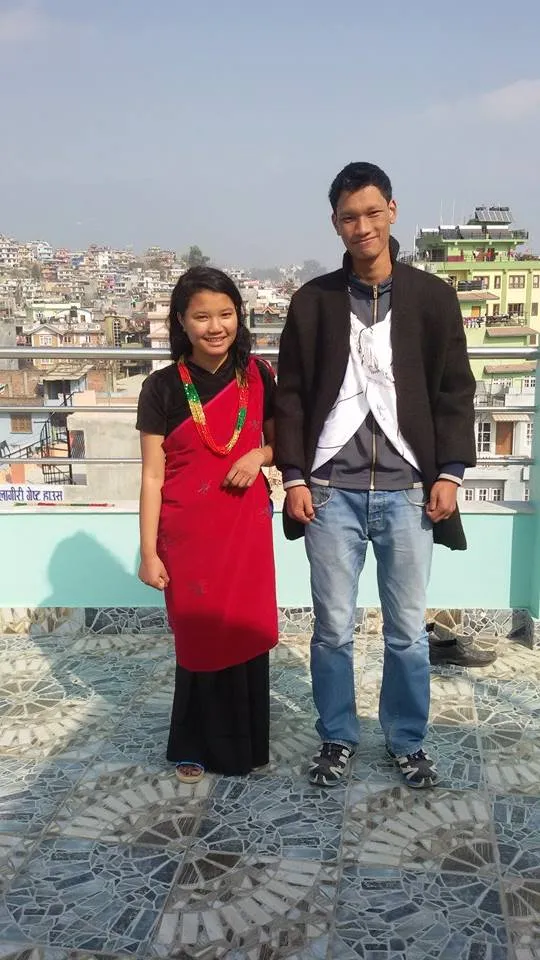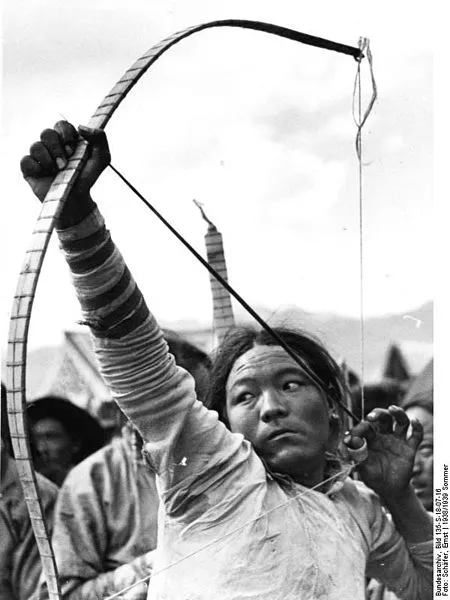I am over the moon to be posting my first post in Steemit. I was completely clueless as to what I was going to post and I was a little insecure to share my life story over here. I am grateful to @singhbinod08, @sahchandan, @eyedeology for introducing me to Steemit and encouraging me to share my story.


My name is Bikki Chhantyal. I was born in a rural area of Nepal, Bongakhani, Baglung about 22 years ago. My family name is “Chhantyal”. Our ancestors used to extract copper, silver etc. from the mines there. The name of village Bongakhani contains “Khani” which means “mine”. Mining was done just from experience and traditional tools. There was no scientific method or tools. People say that our ancestors used to know about mines by sniffing(I don't know how it works). Later, government hiked the tax which our ancestor couldn’t pay.
The occupation shifted to animal husbandry, animal hunting and honey hunting. They used to hunt animals Wild Boar, Krishna Saar, Raate using the primitive tools of bow and arrow local to Bongakhani.

(credit: http://sirkukri.blogspot.com/2013/08/short-note-on-bow-arrowe-in-nepal-bhutan.html)
Few of the wild flowers found in this region were mildly poisonous in nature. So, the honey produced was psychedelic in nature, which is unique to Nepal.
Because, we were used to living in harsh climate and high altitude, by nature, we were strong and robust with great hunting skill. This was the reason many people from our community joined British army in Gurkha regiment and served in World war. By the time, nobody used to mine. The grass to feed animals is abundant in high hills. My father says and I quote “we used to spend many months alone in the high hills top feeding animals like cow, buffalo etc. We used to come to village occasionally.” My family lived in that place since the beginning implies they were the first to cut down trees and make settlements. So, we are called “Aadhibaasi Janajati” which means “indigenous people”.
![honey-hunters-nepal-8[2].jpg](https://images.ecency.com/p/9vWp6aU4y8kyJM9JABQLS7EhjmU3VVqJQJsLWXdiDm8M9bfpVaTbwm3s8fUh3gU8GDL4vw83REeA1j55i8uuZw2kSFvNeHvB2Zbiwo6nExtppkUgfM7dTaE1i1heTyP6ne9x9vZ5b9qcm8CEr.png?format=match&mode=fit)
(credit: https://royalmt.com.np/blog/honey-hunters-of-nepal/)
I was born in the time of Maoist insurgence in Nepal. The class struggle was based on caste. The racial discrimination and superstitions were at peak level. So, the suppressed ones in the community supported the revolution. There was constant threat to us from both parties: the ruling and the rebel. Our village was like no man’s land. Army were afraid to go further west and Maoists were afraid to go further east from the village. Occasionally, both parties used to come and threat us. We didn’t want them to come at the same time. But that happened quite often leading to combats. The boarding school which I used to study in was shut down when I was in upper kindergarten. Then, I shifted to government school, Shree Uttarganga high school. I studied there for about 4 years. Then, my family shifted to Kathmandu, the capital of the country.

(credit:https://www.mtholyoke.edu/~bansk20s/world_pol_web/maoistconflict.html )
After I came to Kathmandu, the environment was totally different. It was very difficult to adapt here. I still remember, I cried for the first time when I was enrolled in the school at Kathmandu. Since my early days, I’ve been good in Mathematics. Later, I improved in other subjects. And in school leaving certificate examination, I scored very good grades (top 15 rank wise, overall in Nepal). Then, I did well in my high school and finally got admitted to Institute of Engineering, Pulchowk campus, one of the most prestigious colleges of Nepal. I am an undergraduate student of mechanical engineering. I hope that in future, I will be continuing my ancestral work of mining using scientific tools and techniques and develop mining in Nepal.

If I were a poet, I would write a poem. If I were an artist, I would sketch. I am into engineering, so, I tried to make a logo of Steemit using equations.

References: